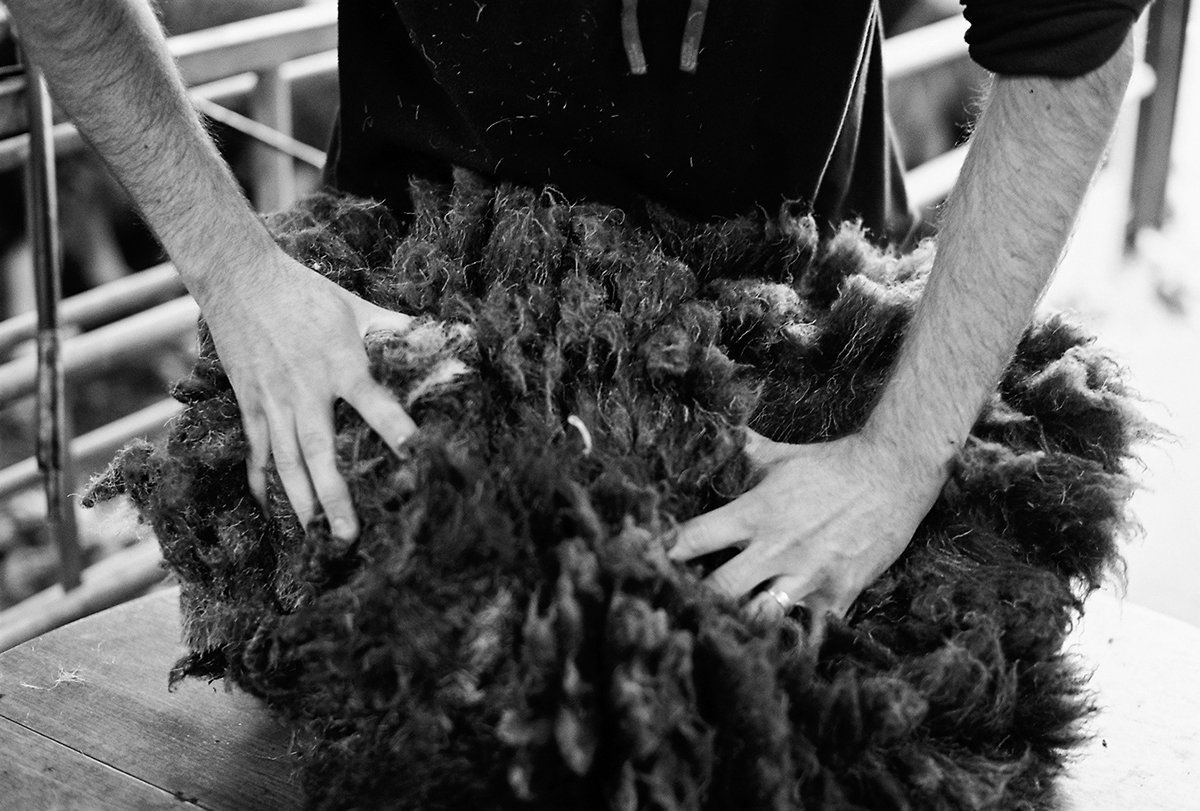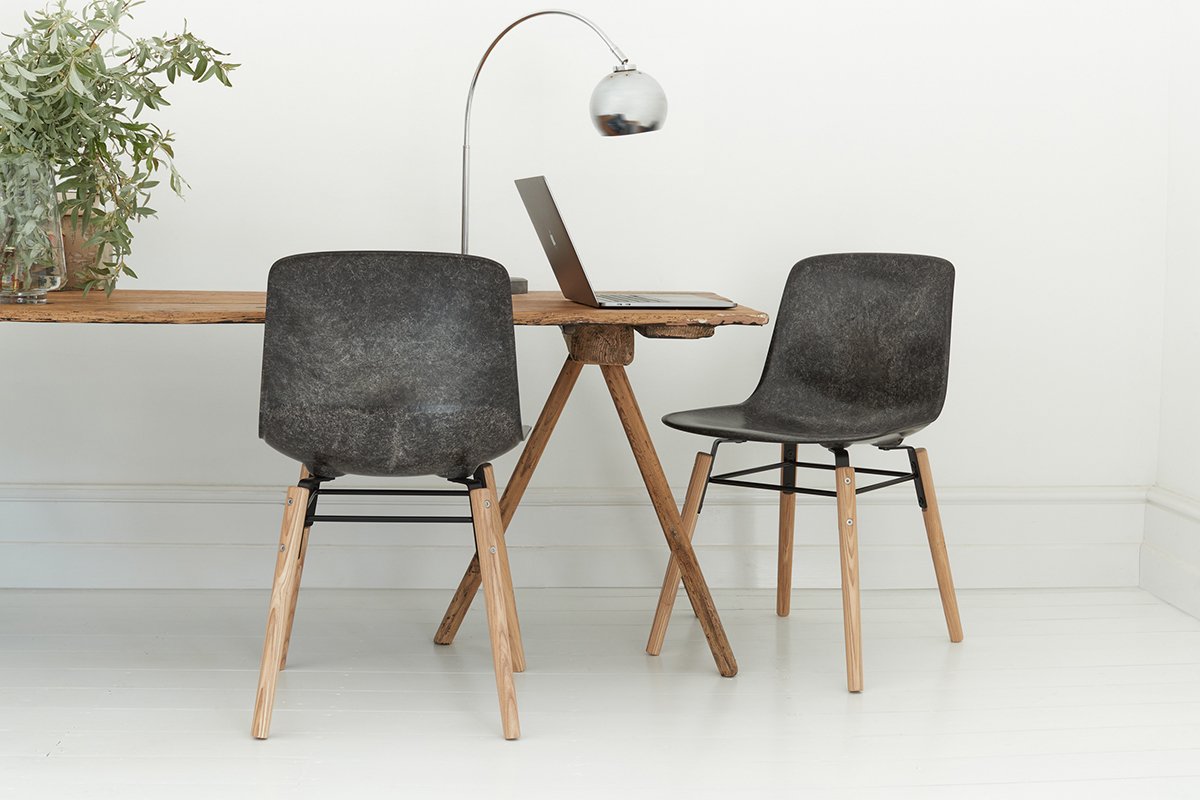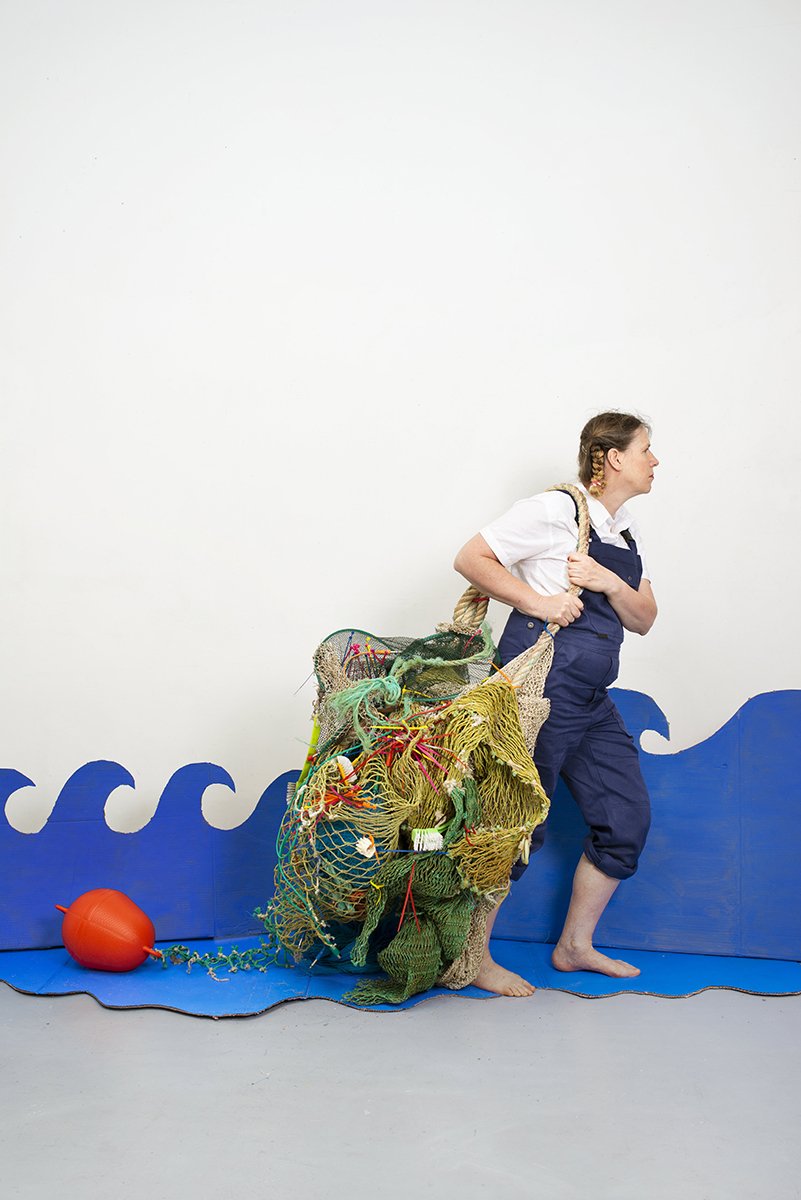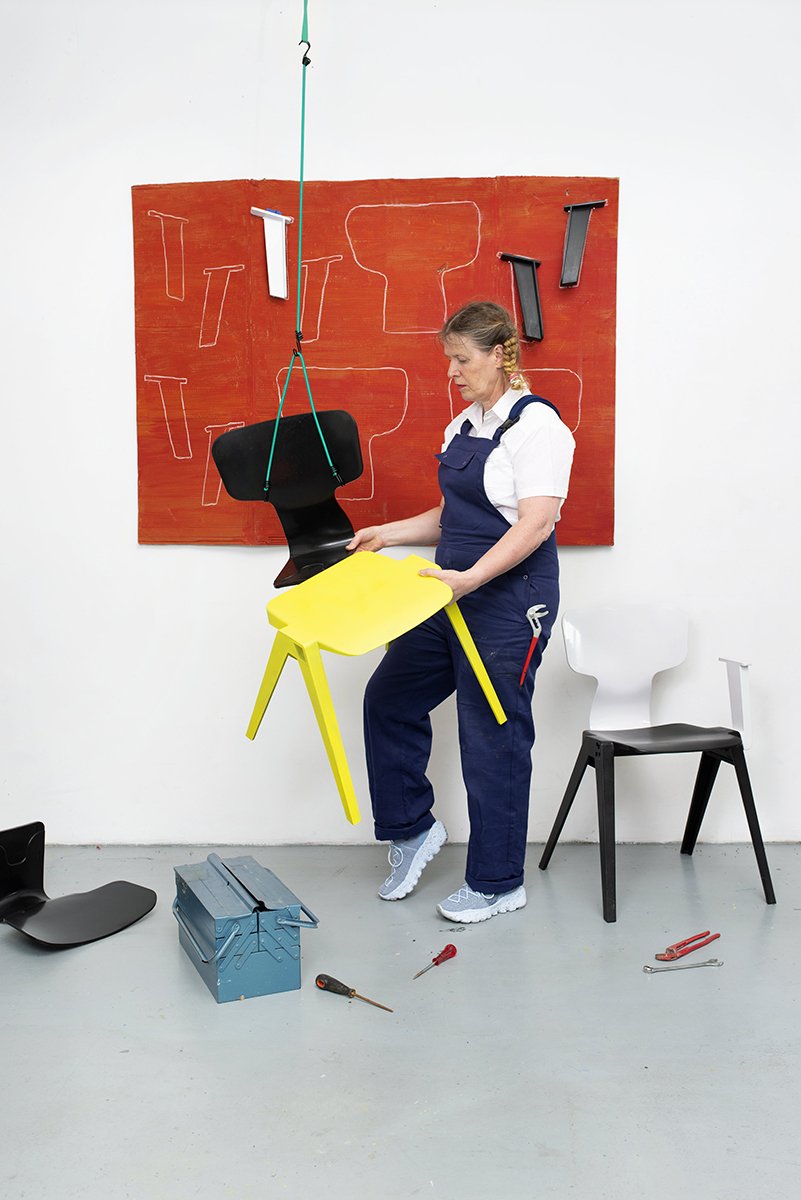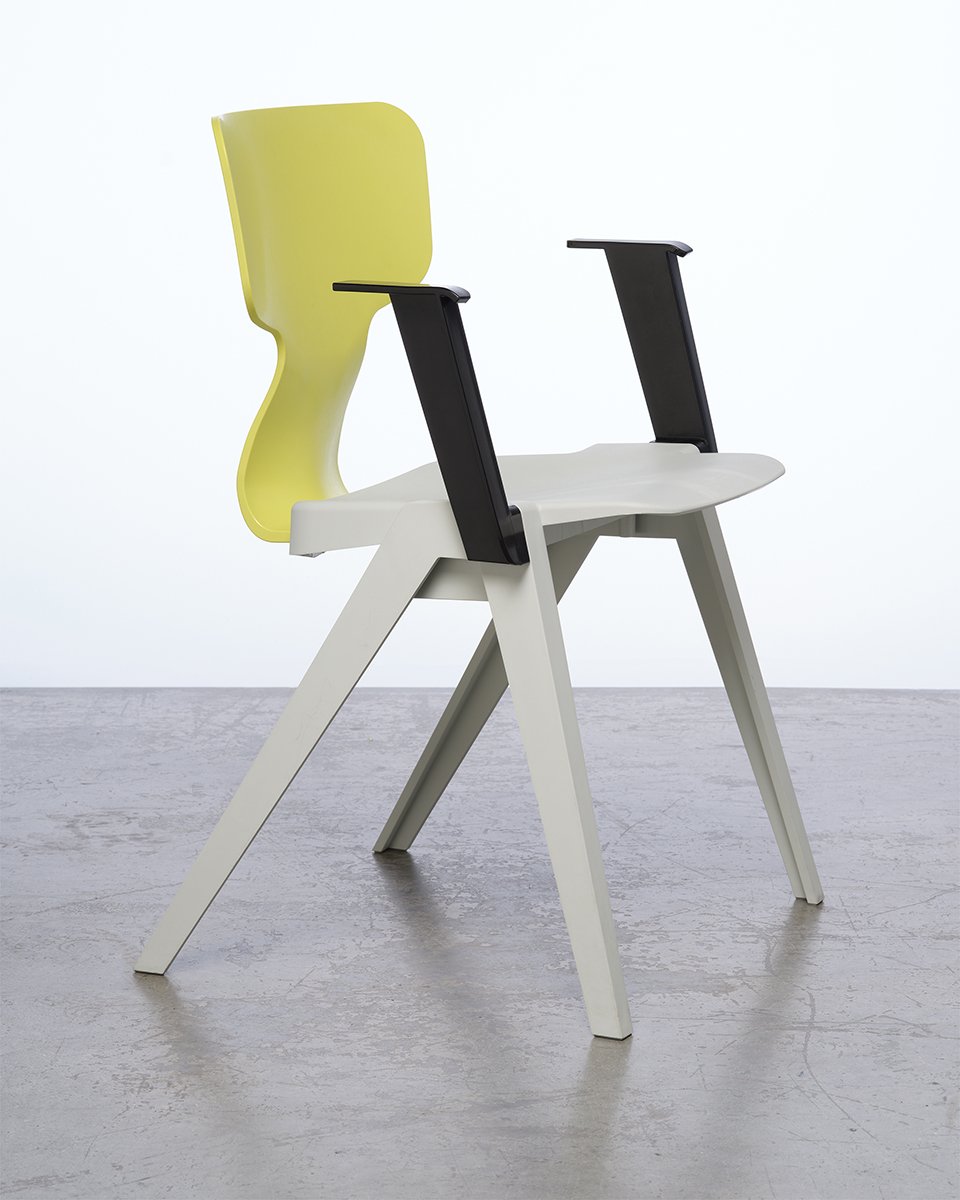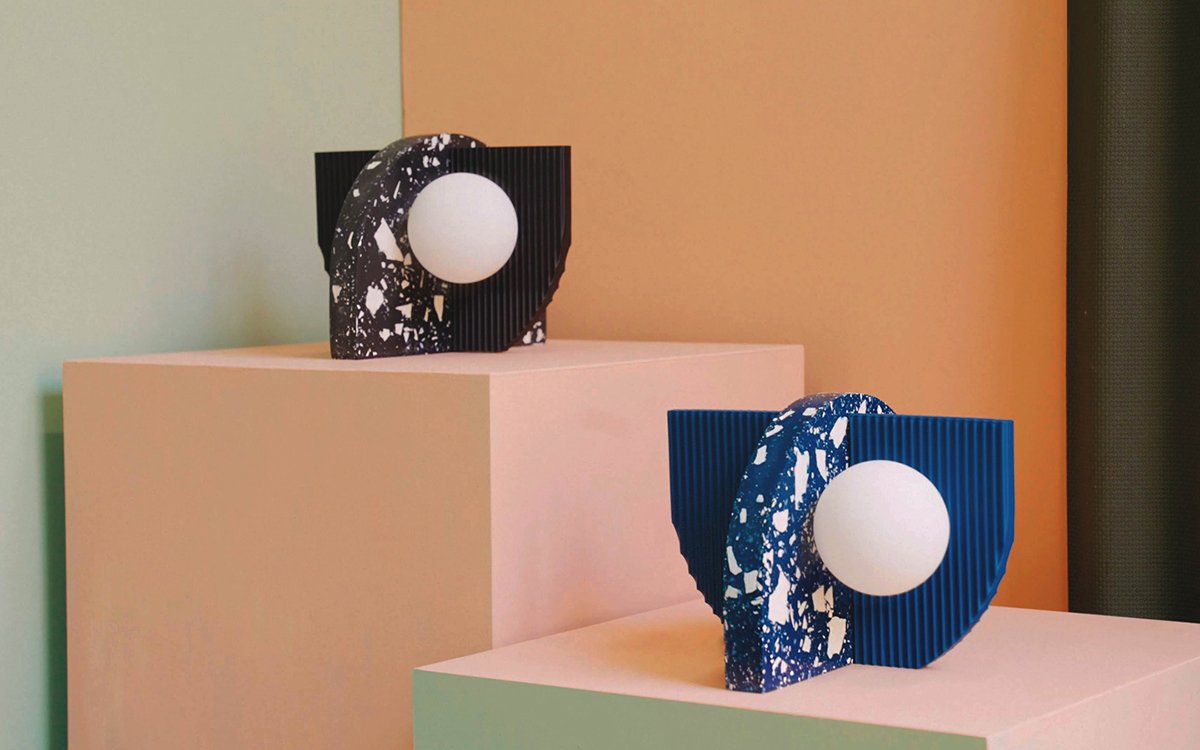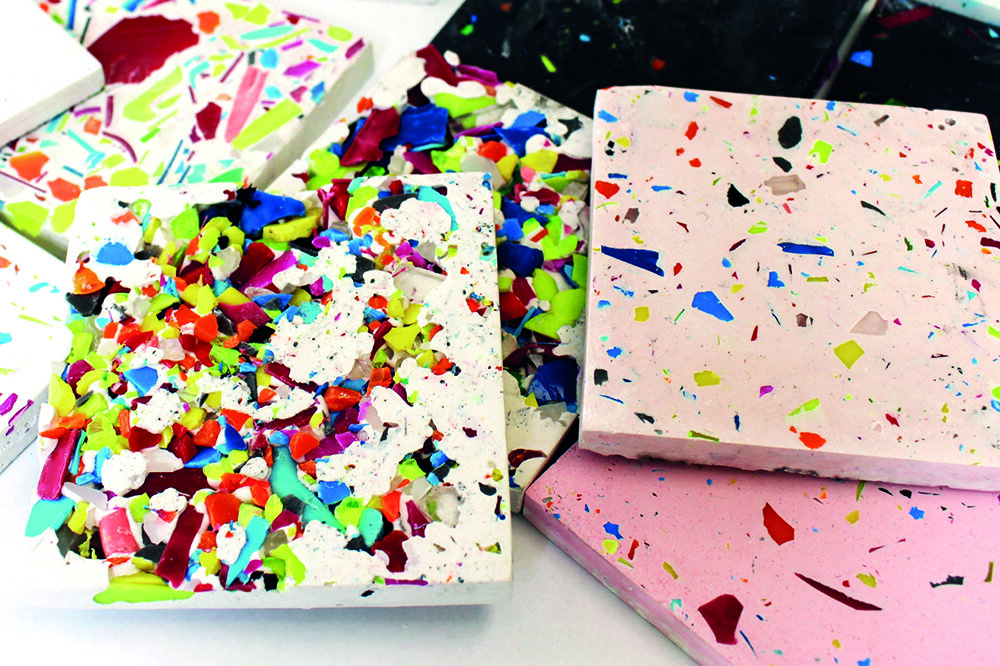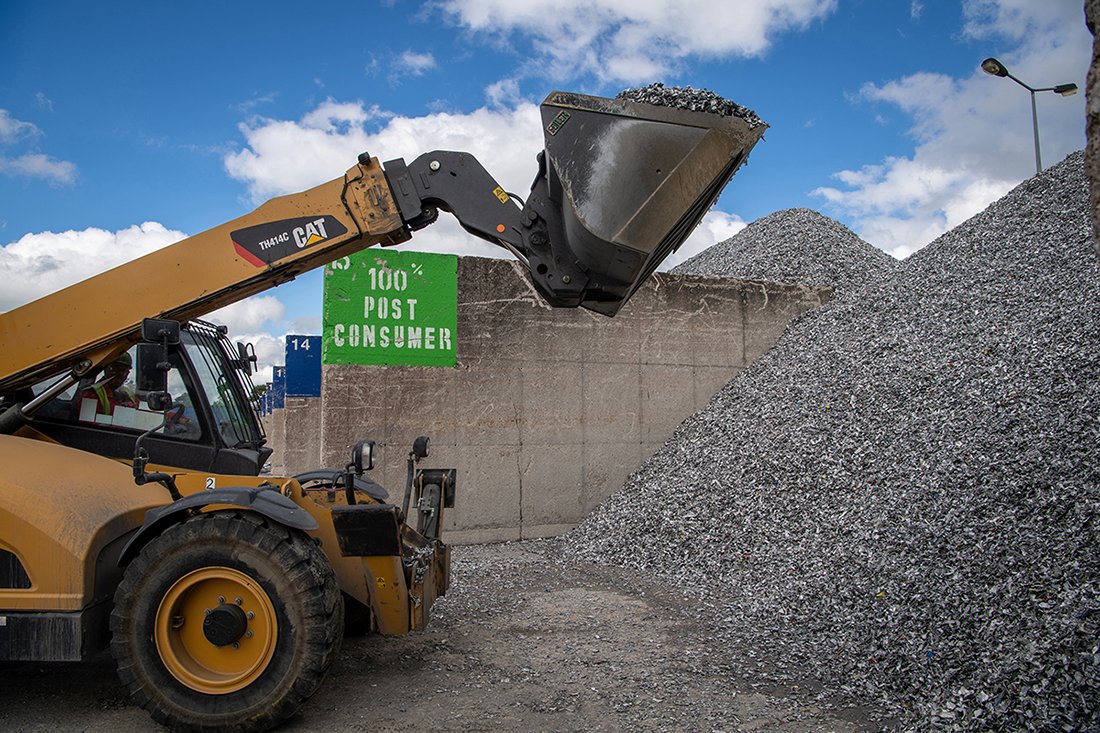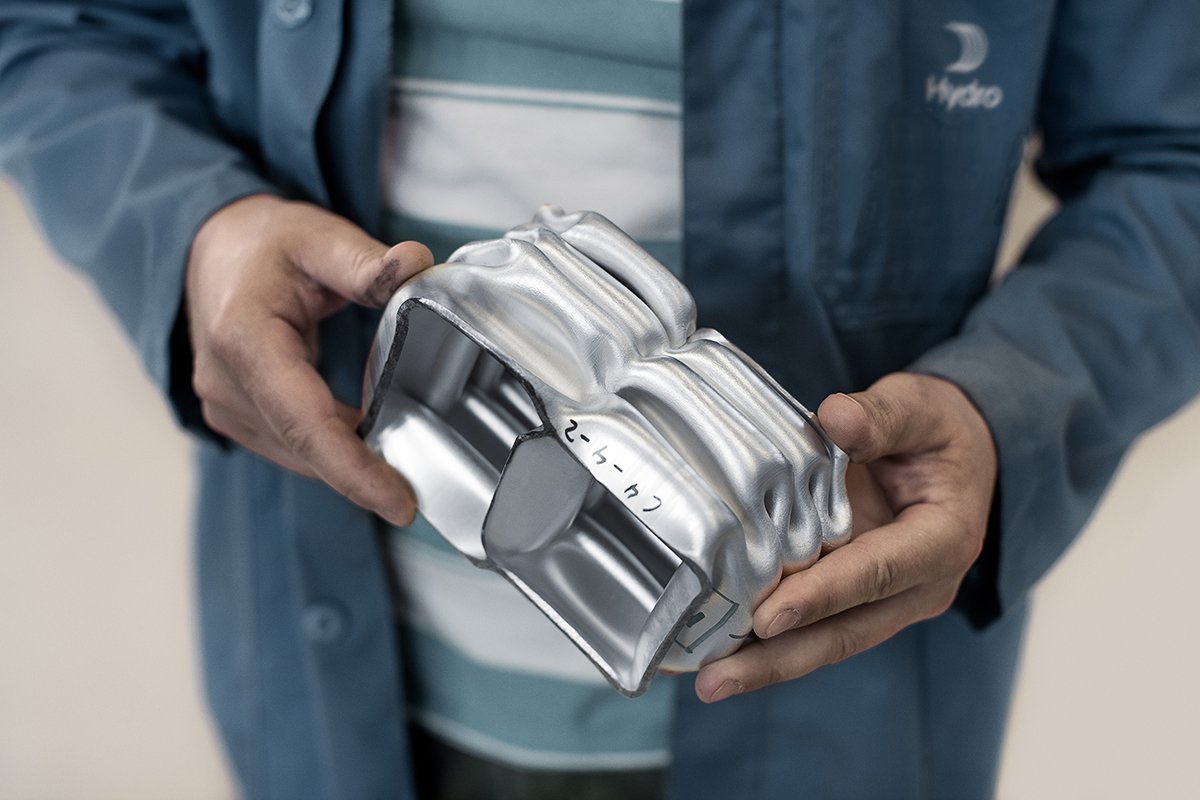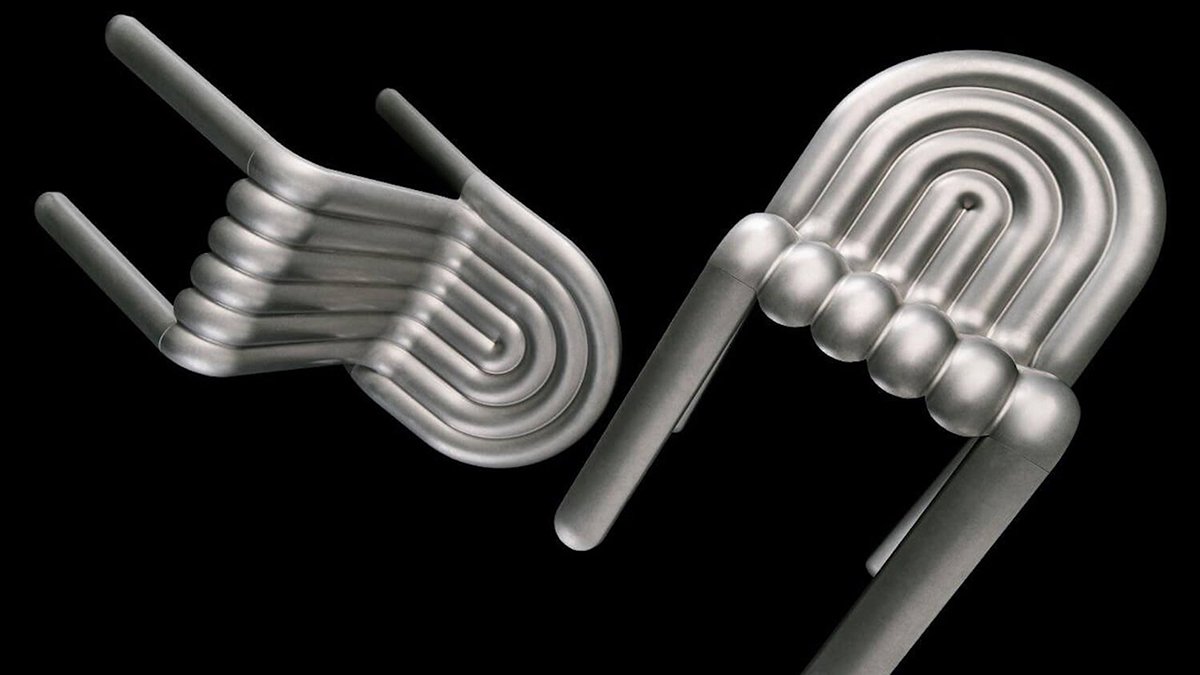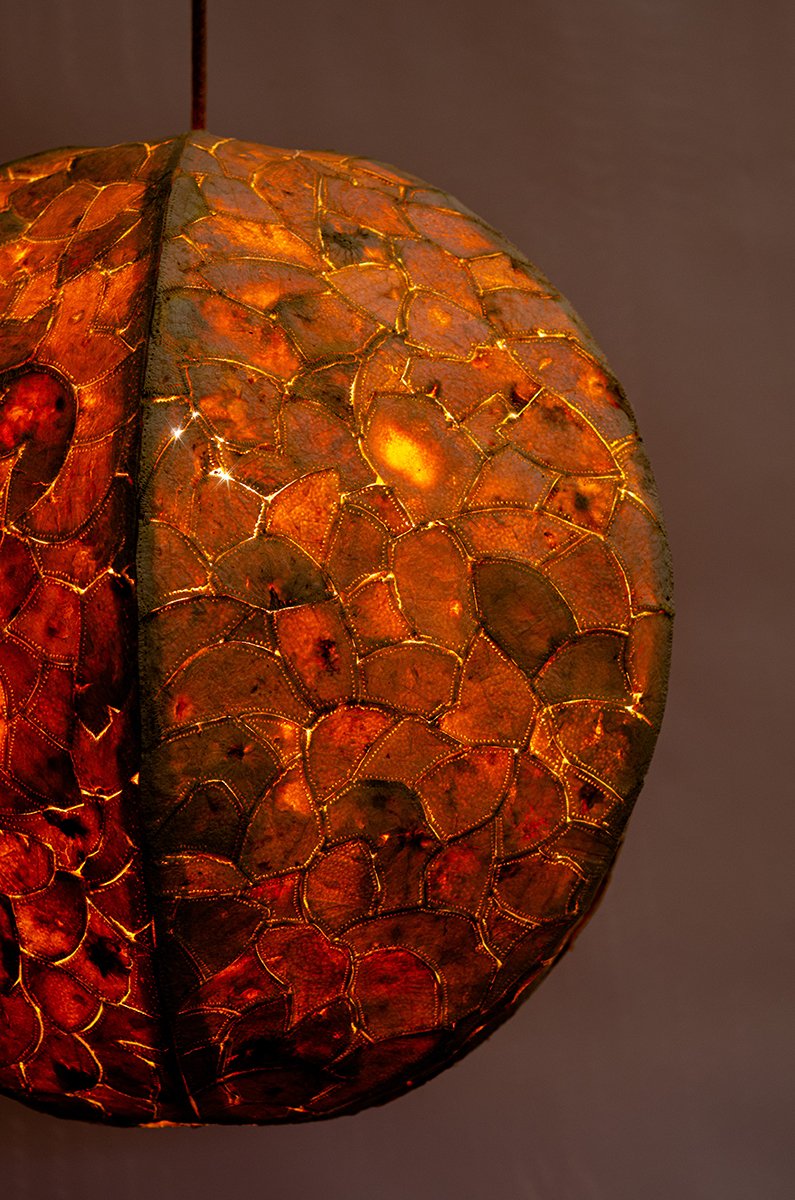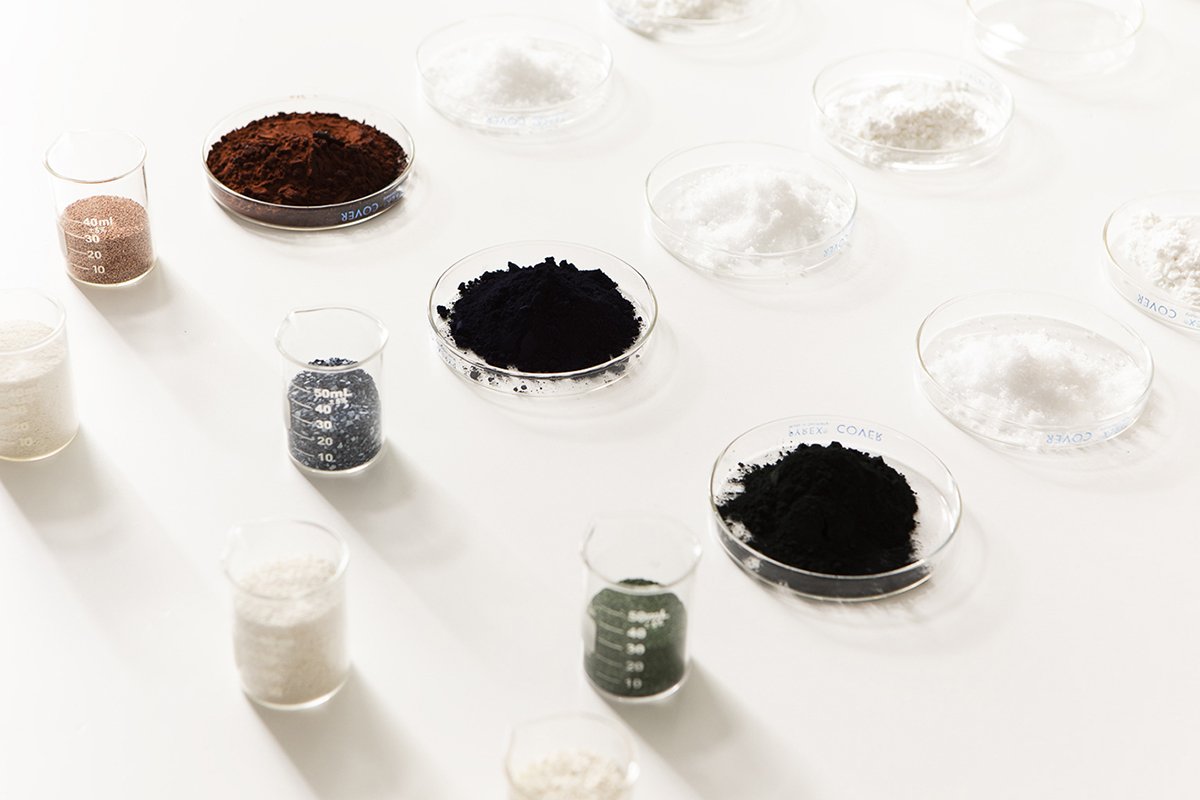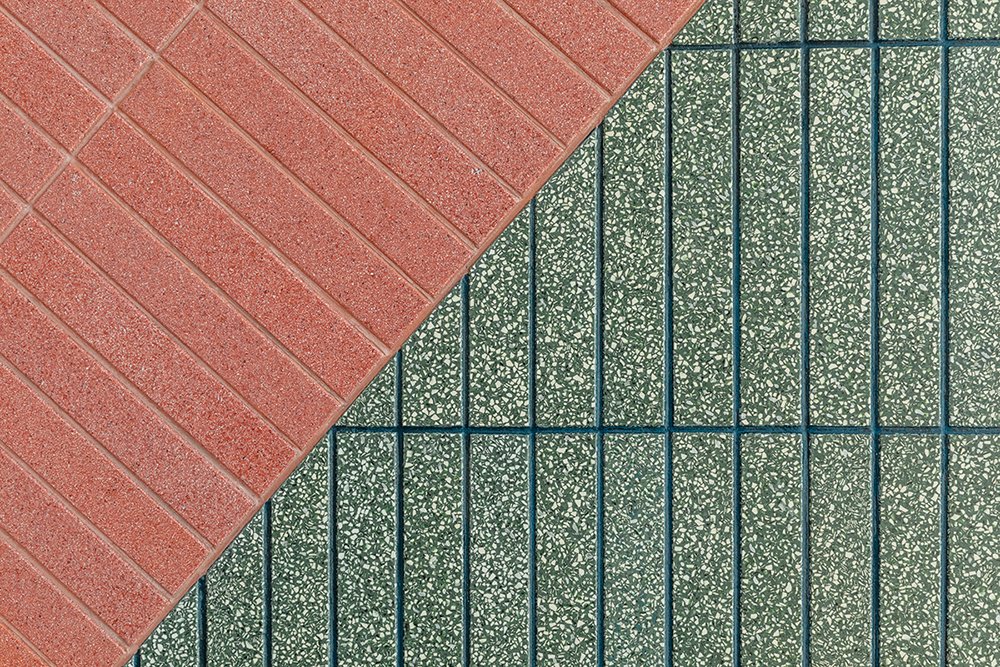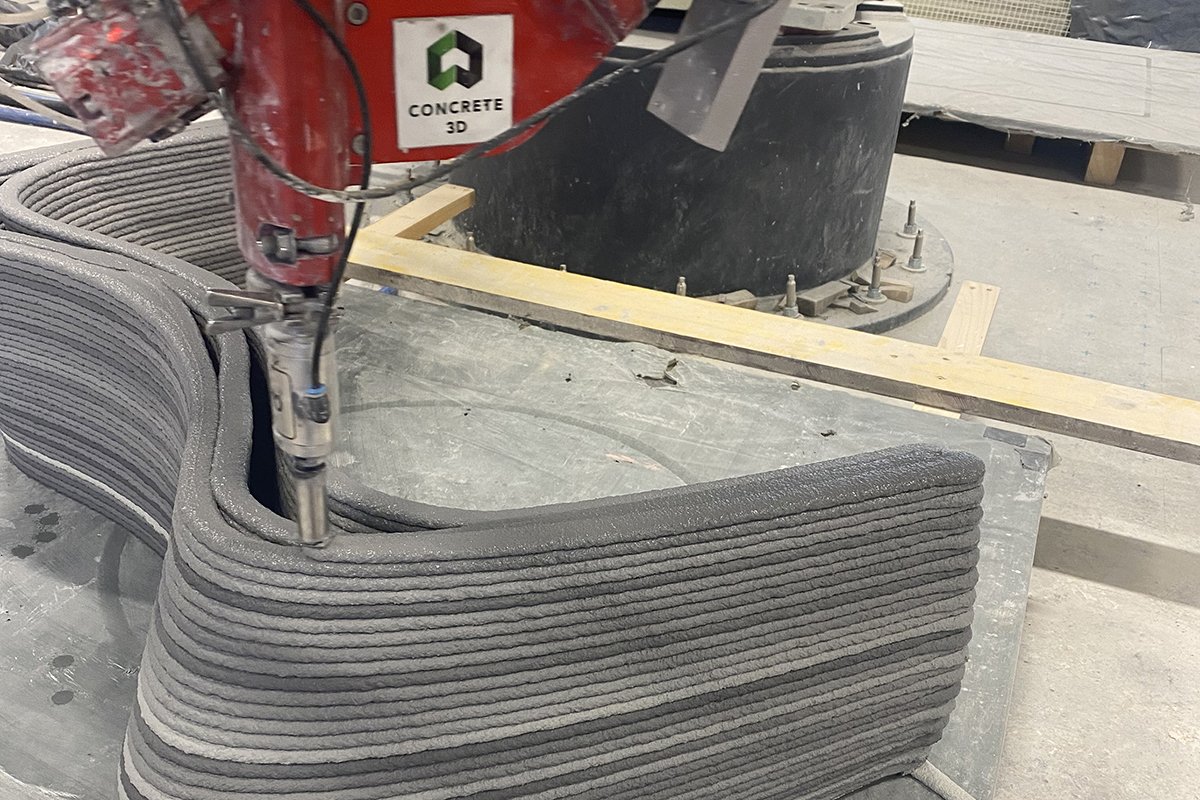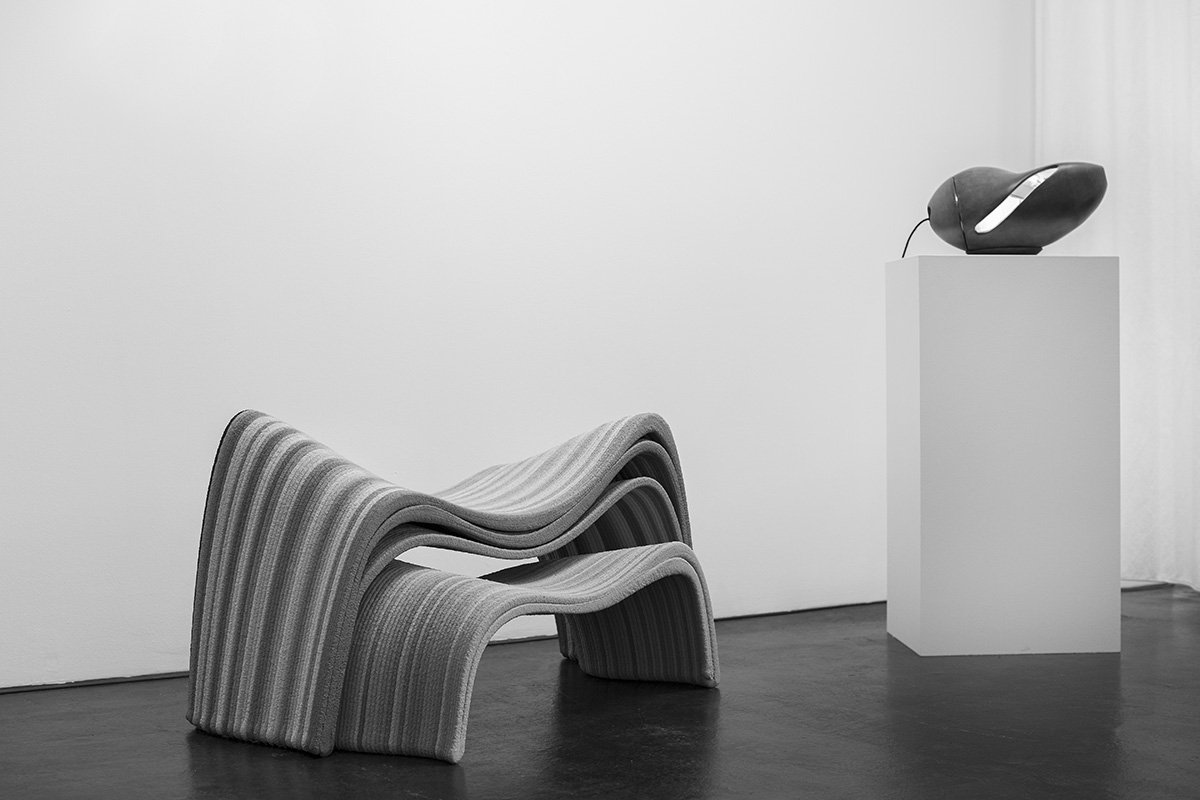Circularity: eight pioneering designers working with waste

One of the themes that has emerged strongly from Material Matters 2022 is the huge number of designers, makers and manufacturers determined to use materials previously considered as waste. Visitors will be able to find companies doing extraordinary things with undervalued resources throughout the fair and contributing to a more circular economy, which aims to eliminate waste and pollution, circulate products and materials at their highest value, and regenerate nature.
‘One of the joys of launching Material Matters has been the fact that we can throw the spotlight on a huge variety of designers and makers determined to re-examine our perceptions of waste and question the system that produces it. It gives you a glimmer of hope for the future,’ says Material Matters co-founder Grant Gibson.
Smile Plastics
Material | Waste Plastic
Smile Plastics has a bit of history. The material was first launched in the ’90s and made famous by a Jane Atfield-designed chair. However, after the original owner retired, the brand was re-established by Adam Fairweather and Rosalie McMillan in 2014. The premise behind the material is simple. Smile takes used plastics and other materials traditionally classed as waste and transforms them through a unique process into large-scale, solid surface panels. It tends to focus on single-use plastic packaging and other materials that would usually find their way to landfill, selecting these plastics to disrupt the unsustainable industrial ecosystems that have become the norm whereby finite and useful materials have very short, single lives.
The company includes distinct traces of the plastics’ origins in their new life to create a narrative around the materials. This could be flecks of foil from the original yoghurt pot lids, for example, or text and barcodes from plastic packaging.
SolidWool
Material | Waste Wool
SolidWool combines wool and bio-resin to create a beautiful, smooth material that the manufacturer compares to fibreglass. The wool used comes from the Herdwick sheep found primarily in the Lake District around Coniston. It is wiry, dark and too coarse to use for clothing. Traditionally, the material was used by the UK carpet industry but, more recently, has fallen out of favour. At one stage, prices had fallen so low that it cost farmers more to shear the sheep than they could get for the wool on the market. Some had taken to burning the fleeces instead.
Seeing the potential in the low-value material, the company’s elegant, Eames-like, Hembury chair is made by a skilful, knowledgeable team in Devon and uses an entire fleece, rescuing something that would otherwise have been thrown away.
Circuform
Material | Recycled Furniture
Circuform is a Dutch brand that gives industrially-designed furniture a new life. It will be showing Rex, originally created by Ineke Hans in 2010, at the fair. The stackable chair, which is suitable for office, healthcare, education, hospitality and domestic environments, has been re-engineered using newly-built injection moulds suitable for recyclable materials – including PA6 plastic from fishing nets, toothbrushes, office chair components and other industrial waste.
Rex’s price includes a €20 deposit, which Circuform will refund to customers if the chair is returned after use. Old chairs can then either be repaired and reused, or recycled to create a new product.
Spared by Volume Creative
Material | Industrial Waste
Spared is a start-up by interior and product design practice, Volume Creative. It was born from a desire to support brands to reuse the waste they create – including food and electrical services to paper and construction detritus – from their own environments. It offers a creative service that turns this waste into beautiful objects and surface materials, sparing it from landfill.
The service has turned welk shells from the fishing industry into a surface, creating bespoke table-tops for London-based furniture brand, Table Place Chairs, for instance. While for the piece, Achromatic, finely ground plastic waste has been fashioned into a series of vessels to represent the signs of coral degradation through various shades from black to white.
‘I like to think of Spared as a re-imagining of waste… an opportunity to define a new luxury,’ explains the company’s founder and creative director Callie Tedder-Hares. ‘We aim to highlight the beauty and versatility of waste.’
Hydro
Material | Recycled Aluminium
The Norwegian manufacturing giant will be taking a large space on our second floor and running a series of talks and seminars exploring the benefits of aluminium in design and manufacturing.
Among other things it will be discussing Hydro RESTORE, a range of aluminium products made from a combination of recycled pre-consumer scrap, recycled post-consumer scrap (from window frames, the automotive industry and drink cans) and primary aluminium. The company collects pre-consumer scrap from its own facilities and from customers for recycling. Subsequently, it’s melted and cast into ingot, so it can return as material for use in new products. The small amount of primary material allows fine control of the alloy composition and mechanical properties of the aluminium.
Hydro RESTORE can be used in products such as cars, trains, furniture, electronics, ships, buildings, windows, doors and plenty of other things too. The company will also be showing the innovative HYDRO chair, designed by Tom Dixon, which was produced with recycled aluminium.
Alkesh Parmar
Material | Orange Peel
Alkesh Parmar is a designer, maker and researcher whose work sits in the grey area between craft and design. He has been a pioneer of using local waste material, most notably orange peel, for over a decade. His aim is to reduce the reliance on alternative binding agents and substrates and to maximise the inherent properties of the material he’s using, without putting strain on other resources.
For the fair he will be showcasing a new collection of lights made out of carefully sewn orange peel. The peel is manipulated during its drying process to create some intriguing forms. He will also be exhibiting the results of a collaboration with maker Anna Beel which looks at the possibilities of orange pulp.
Nature Squared
Material | Industrial Waste
Nature Squared is an ethical design brand founded in 2000 by Paul Hoeve and Lay Koon Tan. Its mission is to create innovative sustainable surfaces for architects, designers and consumers using natural materials, including seeds, bark and feathers. The brand combines traditional craftsmanship with cutting-edge technology and sources materials usually considered waste from the farming and fishing industries.
For the fair, the company will be focusing on eggshells, investigating how a material that often ends up in landfill can be applied: from traditional inlay to moulding techniques, as well as its extraordinary range of tiles, CArrele.
HaganHinderdael
Material | 3D Printed Waste
Design duo Sofia Hagan and Lisa Hinderdael work at the intersection of sustainability and technology to create sculptural products and immersive installations, fashioning pieces from waste taken from medial settings and bubble wrap used in packaging.
For the fair, the pair have joined forces with digital fabrication specialist Fab.Pub to launch SWIVEL, a dual-purpose stool and planter made of 3D-printed fermented sugar, wood fibre and PLA bioplastic.
Importantly too, they will be exhibiting a table version of the COCOON light, which is made of 3D printed sawdust and lignin. Once out of the printer each piece is carefully hand-stained and finished.
Banner Image | Smile Plastics x ACAD chair (Image credit @ACAD)


